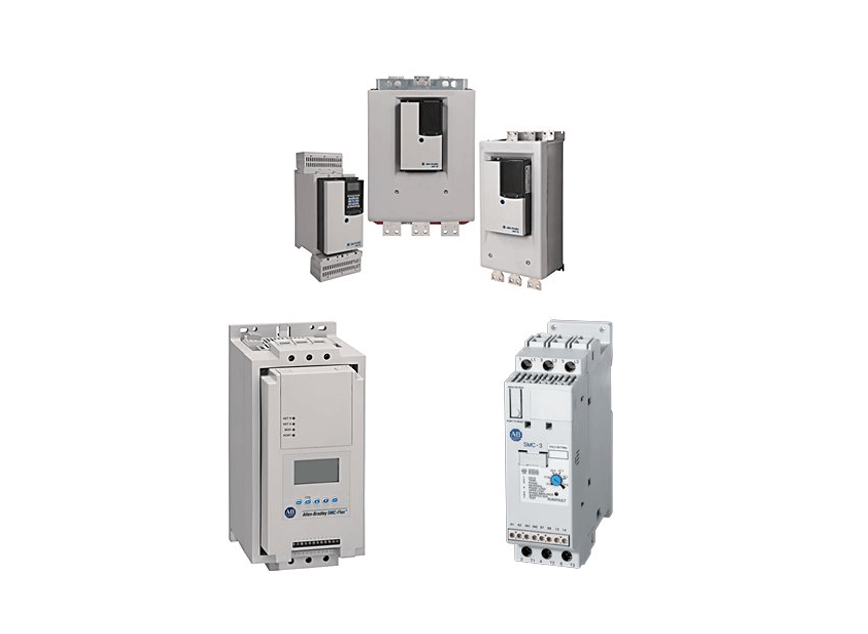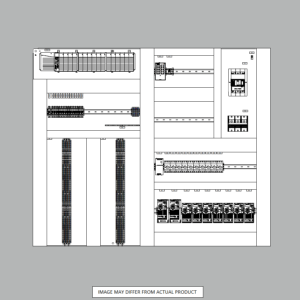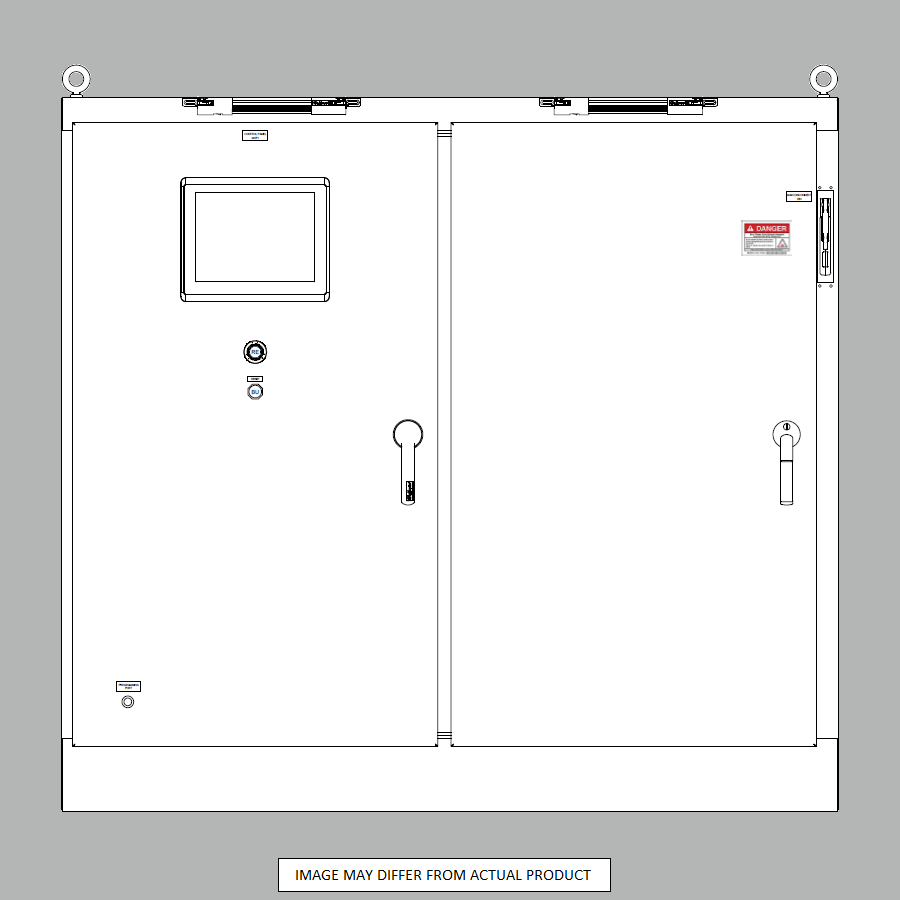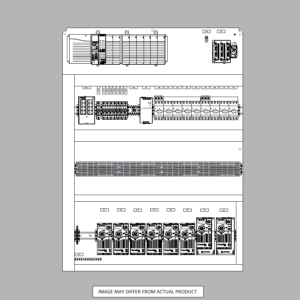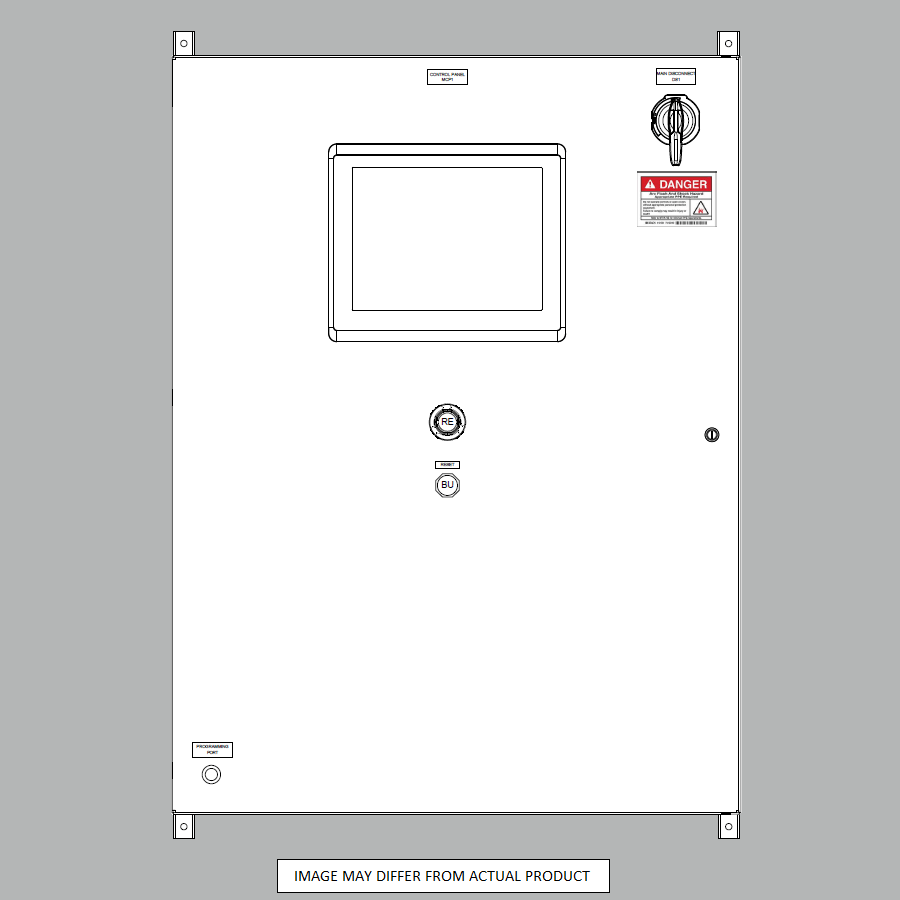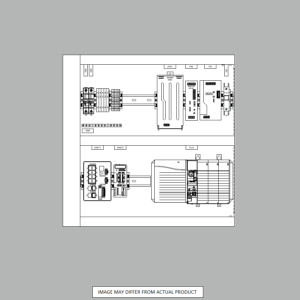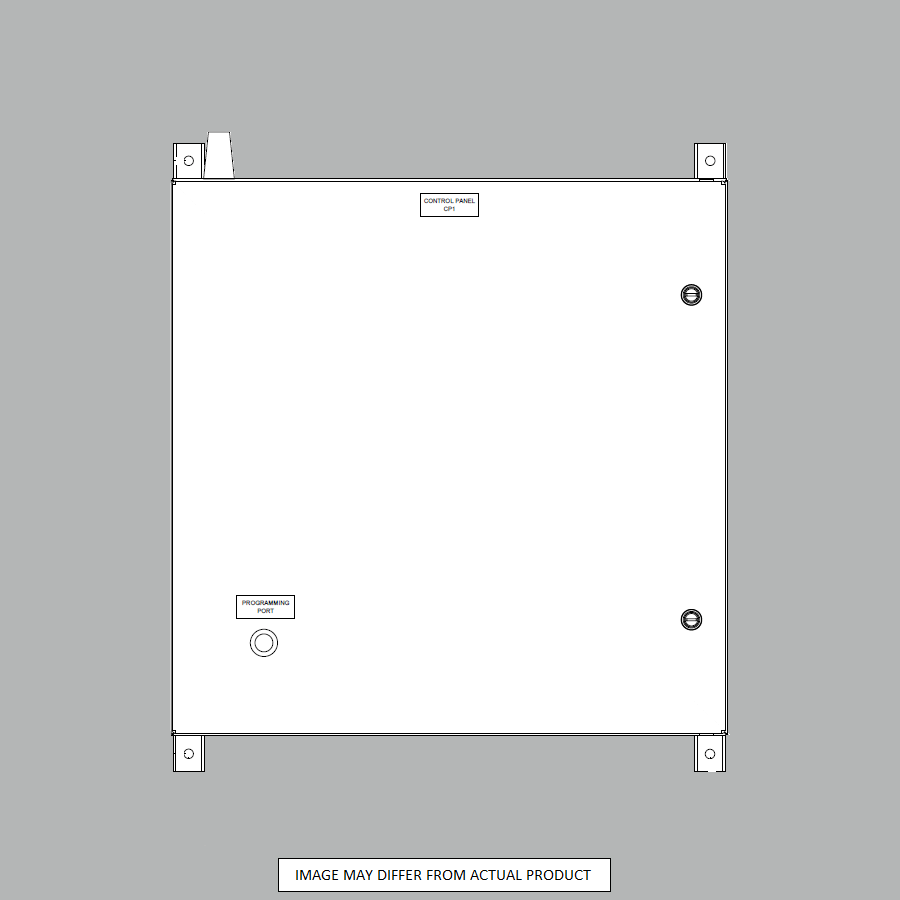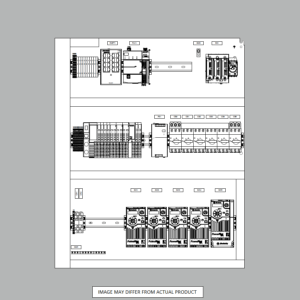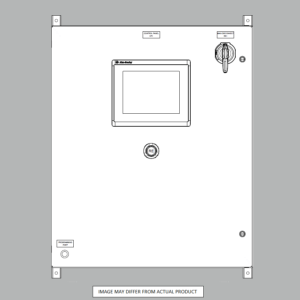Exploring Motor Soft Starters
If you are looking at saving some energy or easing the starting of a motor, this is where exploring motor soft starters begins. Allen-Bradley offers three styles that can differ from maximum horsepower size, technology, or price points. Want to learn more? Let’s investigate…
Soft Starts provide a gentle ramp up in speed of a motor so that the motor does not jolt to full speed in an instant. This protects equipment and saves on energy from the inrush of current required to ramp that motor to full speed as fast as possible. End users appreciate when these are supplied as part of an automated solution for the reasons mentioned above. For a good rule of thumb, providing a soft start for motors 40Hp and above (at 460VAC) and above 20Hp (at 230VAC) give the best value for motor starter solutions. Here are the three types Allen-Bradley offers:
- SMC-3: This is the least expensive option. They typically have an amperage range of 3…480 A. They have the lowest level of technology and include no networking communications. They include overload protection, integral bypass, and motor and system diagnostics. You can find more information on this panel here.
- SMC Flex: This is the most common soft start and quite a bit more expensive that the SMC-3. They are available with a current range from 5…1250 A. This product line includes integral bypass and flexible communications with advanced performance, diagnostics, and protection. You can find more information on this panel here.
- SMC-50: This is the less common soft start but offers the most technology. This soft start line is available with a current range from 108…480 A. The SMC-50 fully solid-state soft starters are available from 90…520 A. Advanced monitoring and protection functions, superior communication capability, and energy saver mode all help this soft starter increase efficiency and reduce downtime. You can find more information on this panel here.
Some customers ask about a couple of notable features, like bypass and isolation contactor circuits. Here’s the details:
- Bypass: A bypass circuit allows the motor to seamlessly switch over to across-the-line power once the motor has reached full speed. This allows for the motor to draw full power for demanding applications such as crushers or presses. Soft starts without bypass can be used in these situations as well, but require de-rating. An example application that may not require a bypass circuit would be a blower motor or fan.
- Isolation Contactor: This is used to completely sever power to the motor when the motor is not required to be running. When the soft start is off, some leakage current will still be supplied to the motor windings. While it is very low voltage, it is still present. This can present a safety concern for maintenance staff that may wish to service the motor. While Lock-out Tag-out should always be used when servicing motors, this provides extra protection for safety.
Need to talk to an expert about exploring motor soft starters? Contact Us
SHOP NOW
-
Large Process Automation: Panelview 5000, ControlLogix 5580
$24,073.00 Select options -
Small Process Automation: Panelview 5000, ControlLogix 5580
$20,321.00 Select options -
Small Process Automation: ControlLogix 5580, UPS Battery Backup, Cellular Modem
$18,999.00 Select options -
Advanced Automation: Panelview 5000, Safety CompactLogix 5380
$10,269.00 Select options

